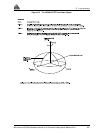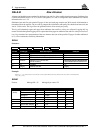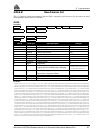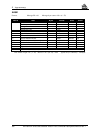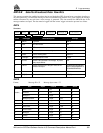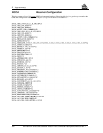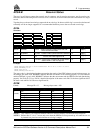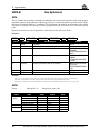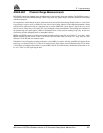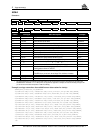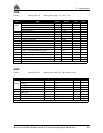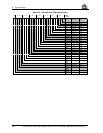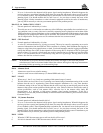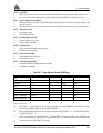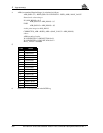
D Logs summary
MiLLennium GPSCard Software Version 4.50 Command Descriptions Manual Rev 1 193
RGEA/B/D Channel Range Measurements
RGEA/B/D contain the channel range measurements for the currently observed satellites. The RGED message is
a compressed form of the RGEB message. When using these logs, please keep in mind the constraints noted along
with the description.
It is important to ensure that the receiver clock has been set and can be monitored by the bits in the rec-status field.
Large jumps in range as well as ADR will occur as the clock is being adjusted. If the ADR measurement is being
used in precise phase processing it is important not to use the ADR if the "parity known" flag in the ch-tr-status
field is not set as there may exist a half (1/2) cycle ambiguity on the measurement. The tracking error estimate of
the pseudorange and carrier phase (ADR) is the thermal noise of the receiver tracking loops only. It does not
account for possible multipath errors or atmospheric delays.
RGEA and RGEB contain all of the new extended channel tracking status bits (see Table D-7, Page 201), while
RGED contains only the lowest 24 bits. The receiver self-test status word (see Table D-5, Page 196) now also
indicates L2, OCXO and new almanac status.
If both the L1 and L2 signals are being tracked for a given PRN, two entries with the same PRN will appear in the
range logs. As shown in Table D-7 (Channel Tracking Status), these entries can be differentiated by bit 19, which
is set if there are multiple observables for a given PRN, and bit 20, which denotes whether the observation is for
L1 or L2. This is to aid in parsing the data.



